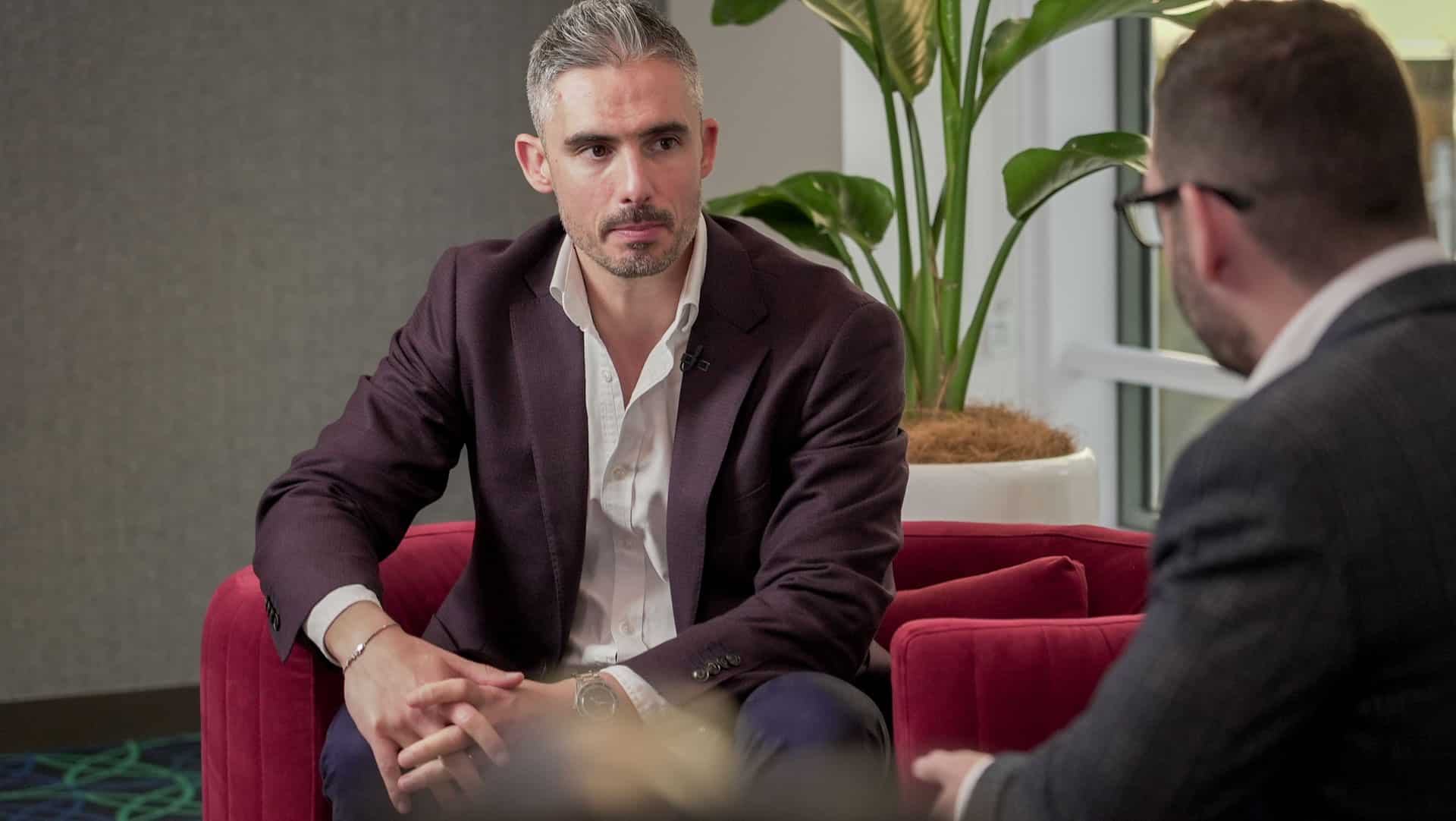Implementing Zero-Trust Principles with Palo Alto Networks’ CTO, Riccardo Galbiati
In this interview, Riccardo Galbiati - Chief Technology Officer - Australia & New Zealand at Palo Alto Networks, discusses Palo Alto Networks' method of implementing zero-trust principles and the need to integrate them into the product architecture.Secure Access Service Edge (SASE) architecture is a cloud-native solution that provides network and security capabilities from a cloud environment.
SASE can be adjusted based on an organisation’s network and security requirements.
In this interview, Riccardo Galbiati – Chief Technology Officer – Australia & New Zealand at Palo Alto Networks, discusses Palo Alto Networks’ method of implementing zero-trust principles and the need to integrate them into a unified architecture.
Palo Alto Networks uses innovation to provide security teams with the capability to automate tasks and then seek human support where necessary. They also have a technology roadmap for keeping businesses safe from cyber security threats.
It is important to have a SASE approach and an architecture that can support many use cases. Ensure that the security efficacy is uniform across all use cases. Machine-led triage with fast responses is the future of cyber security.
Riccardo advises creating real-time machine playbooks to ease the demands on human Security Operations Centre teams, automating such tasks where possible. Break the silos of the network team and the security team, and you break the silos between the technology that delivers.
Key Takeaways:
- SASE is not a product. It is an architecture, almost agnostic. It needs to provide capabilities in the network space and in the security space but is delivered from a cloud environment.
- Choose one solution to deliver multiple use cases as opposed to a multiple-point solution assembled and plumbed together to deliver a SASE type of architecture.
- Zero trust is not a product. It is a strategy. The key principles behind the strategy are identity, context, and inspection. Enforcing least privilege principles and removing implicit trust can be applied to a SASE architecture for the use case of remote users.






























